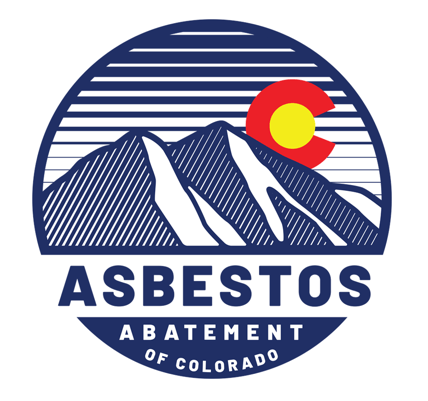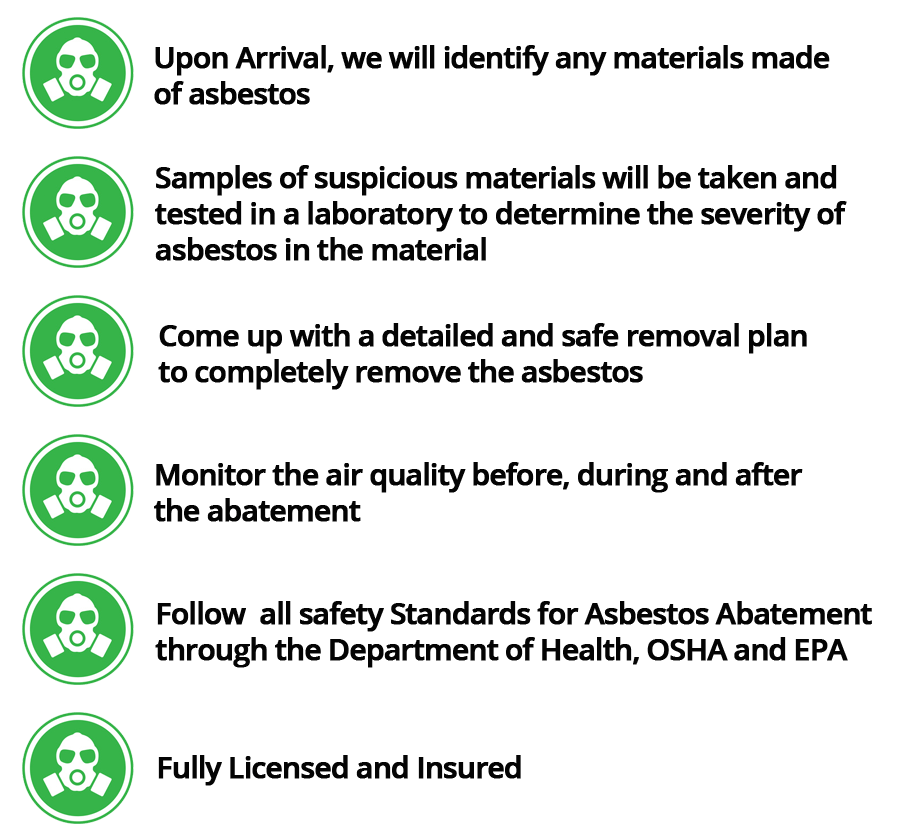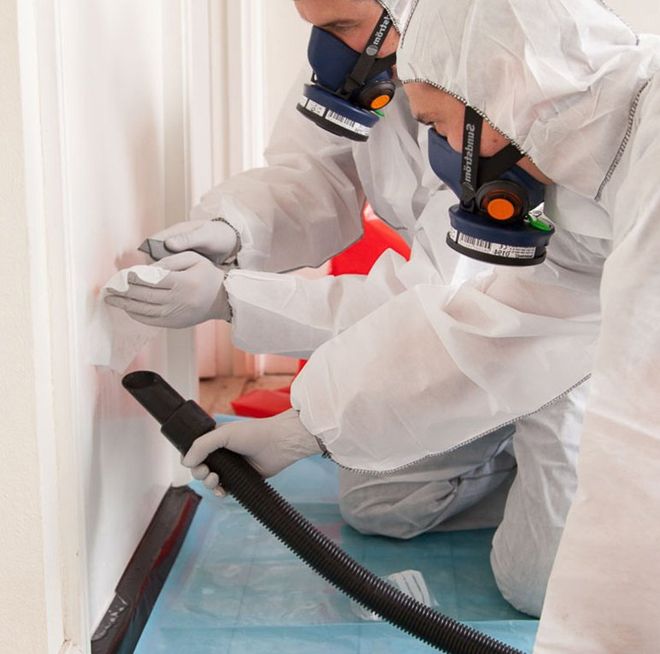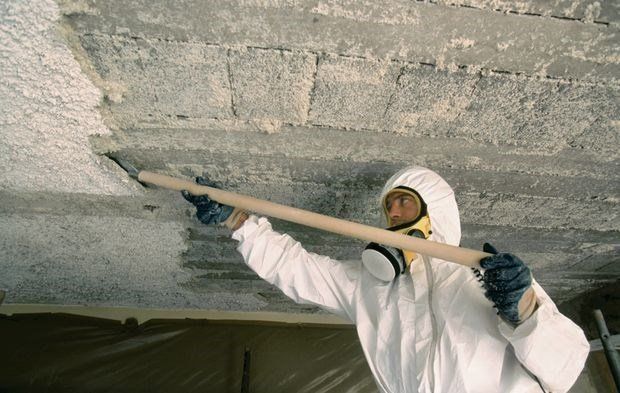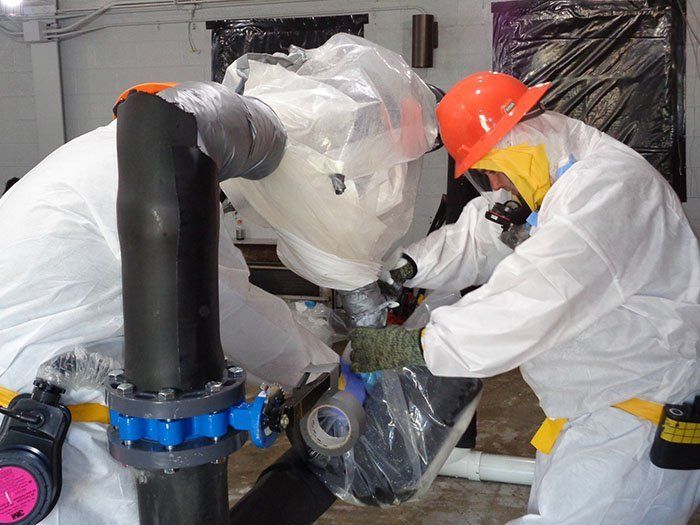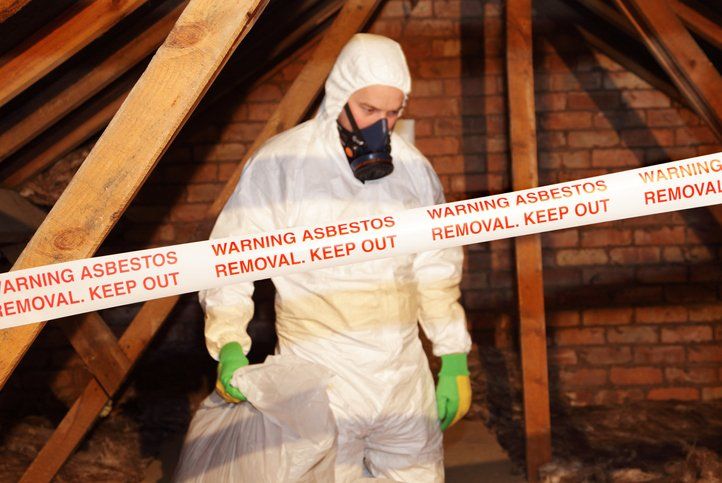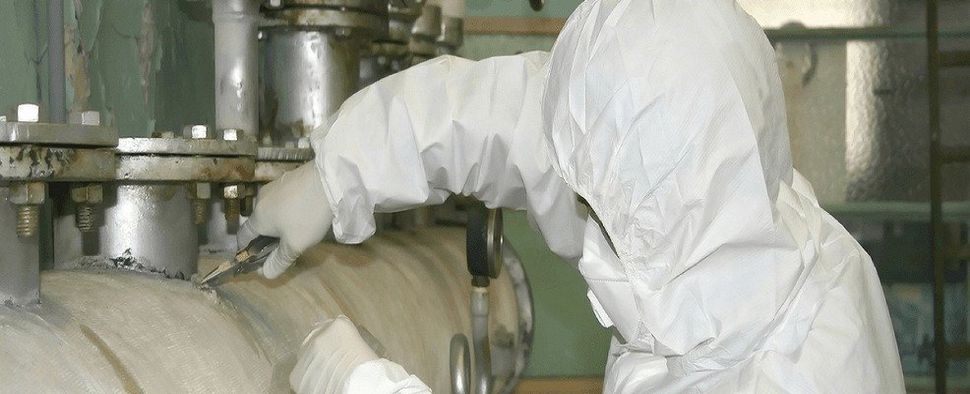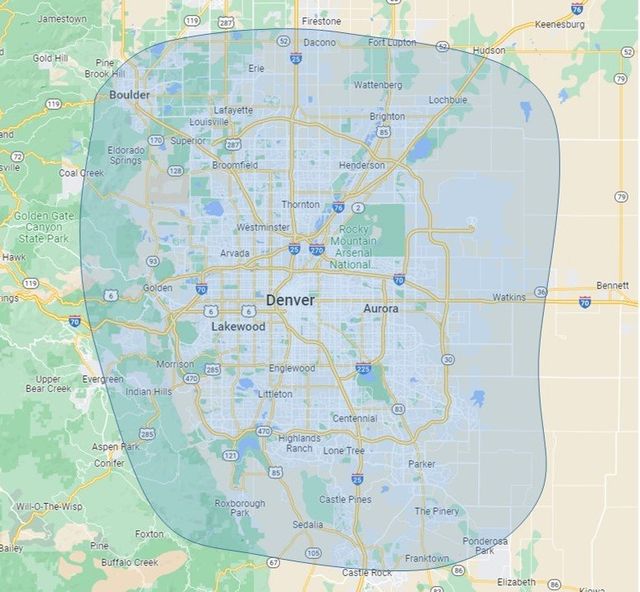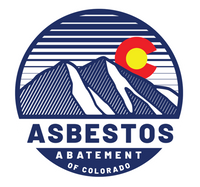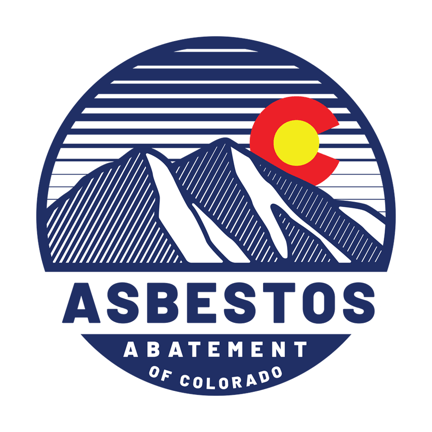
720-782-0396
Asbestos Abatement and Removal in Denver Metro
We Serve Denver Colorado and Surrounding Areas
Asbestos Inspections, and Removal Services In Denver, Colorado
What is asbestos?
Asbestos is a naturally occurring fibrous silicate mineral that can only be positively identified with a special type of microscope. In all there are six types, of asbestos which are made of long and thin fibrous crystals, and each fiber being composed of many microscopic "fibrils" that can be released into the atmosphere by abrasion and other processes. Years ago, asbestos was added to a variety of products to strengthen them and to provide heat insulation and fire resistance
Asbestos and Human Health
We know that breathing high levels of asbestos fibers can lead to an increased risk of lung cancer in the forms of mesothelioma, which is a cancer of the lining of the chest and the abdominal cavity, and asbestosis, in which the lungs become scarred with fibrous tissue.
The more fibers inhaled, the greater the risk of lung cancer and mesothelioma. If you smoke, the chances of getting lung cancer from inhaling asbestos fibers increases. The victims of asbestosis have usually been exposed to high levels of asbestos for a long time. Symptoms of asbestos diseases do not usually appear until about 20 to 30 years after the first exposure to asbestos.
In general, most people exposed to small amounts of asbestos, during our daily lives, won’t develop these health problems, however, if asbestos materials are disturbed, they may release asbestos fibers, which can be inhaled into the lungs. Asbestos fibers can remain there for a long time, increasing the risk of disease. Any type of asbestos material that crumbles easily if handled, or has been sawed, scraped, or sanded into a powder, will create the biggest health hazard.
What types of products contain Asbestos?
Asbestos was widely used until the 1970’s in many types of building products and insulation materials. If products made today contain asbestos that could be inhaled, they must be labeled as such.
The types of products in the past that may have contained releasable asbestos fibers when damaged, repaired or removed improperly include:
- Boilers, furnace ducts and steam pipes that were insulated with an asbestos blanket or asbestos paper tape.
- Durable floor tiles, (asphalt, vinyl asbestos and rubber), adhesives used for installing floor tile and the backing on vinyl sheet flooring.
- Millboard, cement sheet and paper that is used as insulation around wood-burning stoves and furnaces.
- Gaskets around the doors of wood stoves, furnaces and coal stoves. When these seals wear out, they can release fibers.
- Spray on materials used for wall and ceiling decorations or soundproofing.
- Joint and patching compounds used on walls and ceilings, as well as textured paints.
- Roofing shingles, siding and asbestos cement roofing.
- Embers and artificial ashes used for gas fired fireplaces, fireproof gloves, stove-top pads, ironing board covers, hair dryers and fireproof gloves.
- Automobile clutch facings, gaskets, brakes pads and brake linings.
- Homes that were built between 1930 and 1950 may contain asbestos insulation.
If you have asbestos in the home, what should be done?
Asbestos that is in good condition should be left alone as it should not release fibers if it is not disturbed. If you suspect some materials may contain asbestos, look for signs of wear or damage, such as tears, abrasions or water damage, but don’t touch it. Hitting, rubbing or handling it, or if it is exposed to extreme vibration or air flow can disperse fibers into the air.
An asbestos professional may need to be contacted. Asbestos professionals are trained to conduct inspections, take samples of suspected material, assess its condition, and advise on the corrections that are needed, as well as who is qualified to make these corrections. Professional asbestos abatement contractors repair and or remove asbestos materials. Professionals repairing or removing asbestos form your home or office should provide proof of training and licensing in asbestos work, such as completion of EPA-approved training. Many State and local health departments or EPA regional offices should be able to provide you with listings of licensed professionals in your area.
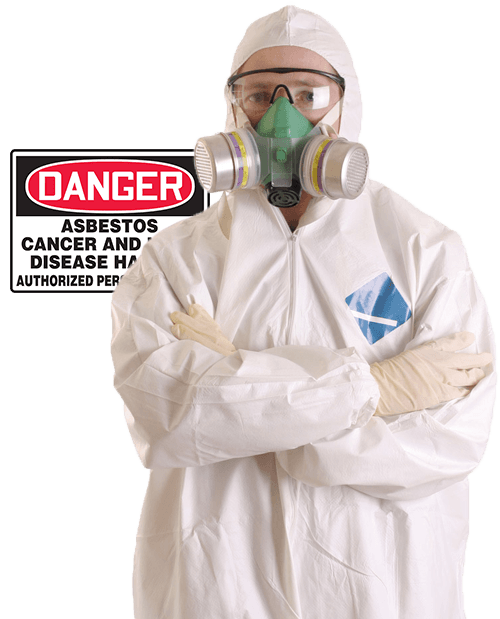
Book a consultation
Have a question? We’re here to help. Send us a message and we’ll get be in touch.
We will get back to you as soon as possible
Please try again later
We Serve Denver Colorado and Surrounding Areas
Number One Choice In Denver, Colorado
If you think your home or business may have asbestos, don’t wait around wondering. The professionals at Asbestos Abatement of Denver Colorado provide Asbestos Removal Services to Denver Colorado, and our team is highly certified. Our priority is the safety of you and your family, as asbestos is very hazardous to your health.
Our equipment is the best in the business and we are ready to safely inspect and remove asbestos from your home or business. We also guarantee that the area will be 100% free of asbestos dangers before we allow you back into the area.
